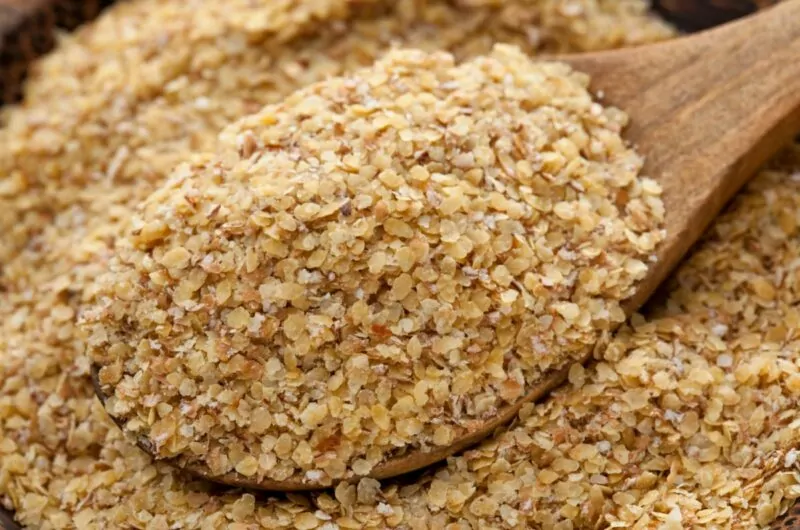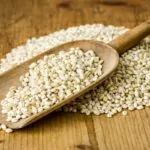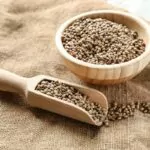Wheat germ is a common ingredient in many different baking recipes. It’s commonly found in baked goods that need a little nutty flavor and a chewy texture and is full of nutritious value.
It’s also a fully vegan ingredient as well, so it’s no surprise that so many recipes decide to use it.
However, there are many reasons why wheat germ may not be a convenient ingredient to use. It’s not always easy to find in supermarkets and there may come a time when you simply don’t have any in your kitchen.
It also contains gluten, so many people may not be able to include it in their diets.
For those reasons, you may need to find a substitute for wheat germ. That’s why we’ve made this article to give you the six best wheat germ substitutes.
All of these are good substitutes for wheat germ and won’t sacrifice the taste and texture of your cooking.
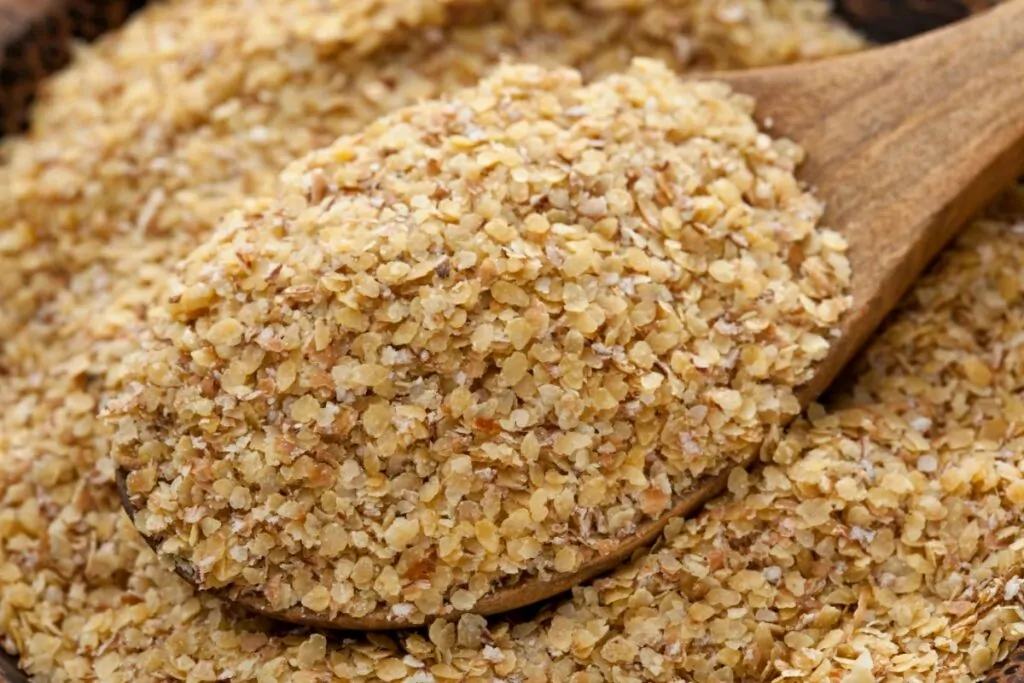
What Is Wheat Germ?
Wheat germ is produced as part of the milling process that produces refined wheat flour from wheat kernels. Wheat germ is the innermost layers and embryo of the wheat kernel.
It is packed with protein, vitamins, minerals, and fiber.
It has a strong nutty flavor, but this flavor isn’t overpowering when wheat germ is used in recipes.
It’s commonly added to food items such as yogurt, oatmeal, smoothies, and baked goods as it adds some extra nutritious value and health benefits.
It contains gluten, however, which means that it isn’t suitable for all diets. If you do need a substitute for wheat germ then we have options for you.
Now that we know what wheat germ is, let’s look at the best substitutes.
1. Oat Bran
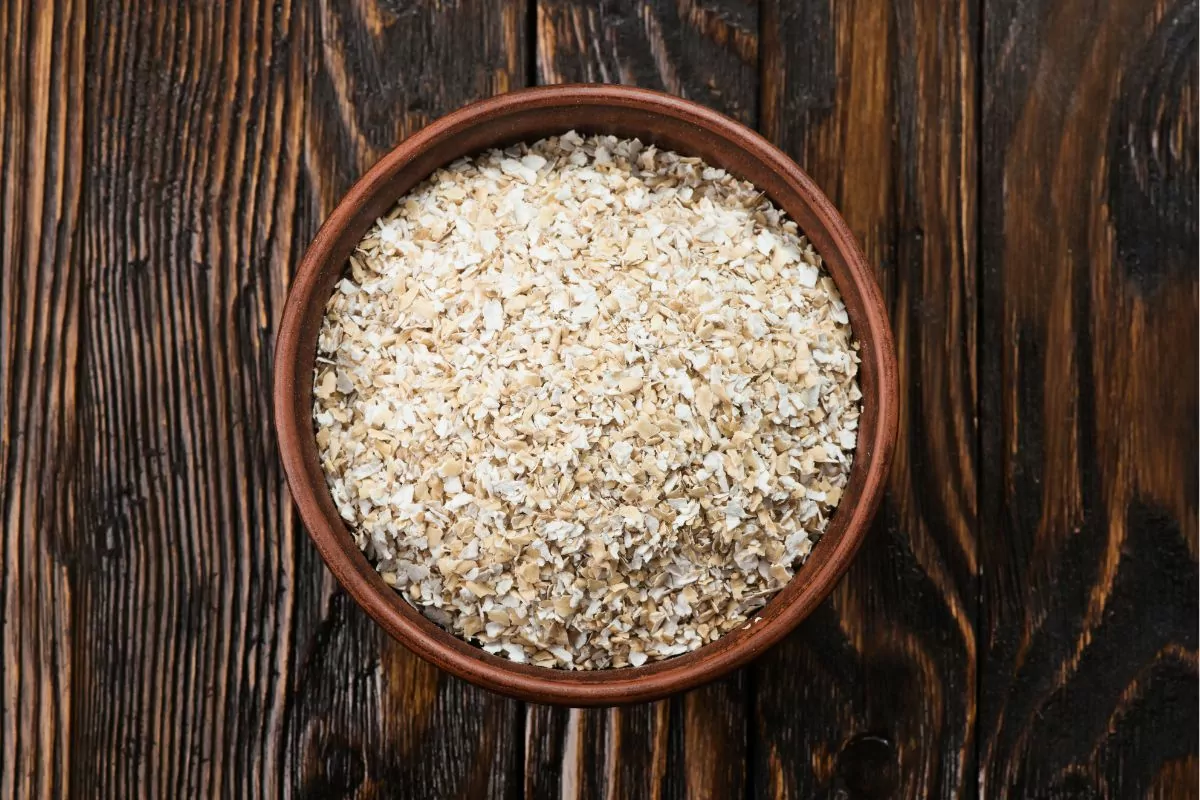
Oat bran is a great substitute for wheat germ. It’s a healthy option that is high in fiber and nutrients and it’s also gluten-free, making it suitable for anyone that needs to avoid gluten.
It’s made from the outer part of the oat groat. It’s separated when oats are made from oat grain and is full of healthy nutrients.
You can use oat bran to replace wheat germ in many recipes. It is especially a great replacement when you are making granola or various types of baked goods.
Oat bran has a slightly different texture to wheat germ but is still crunchy, so you shouldn’t notice that much of a difference.
You may need to adjust the liquid levels in the recipe, however. Oat bran absorbs liquid more quickly than wheat germ and has a denser consistency so be careful with how much liquid you add and how quickly you add it.
However, you should be able to work with oat bran so that it replaces wheat germ in virtually every recipe.
2. Rice Bran
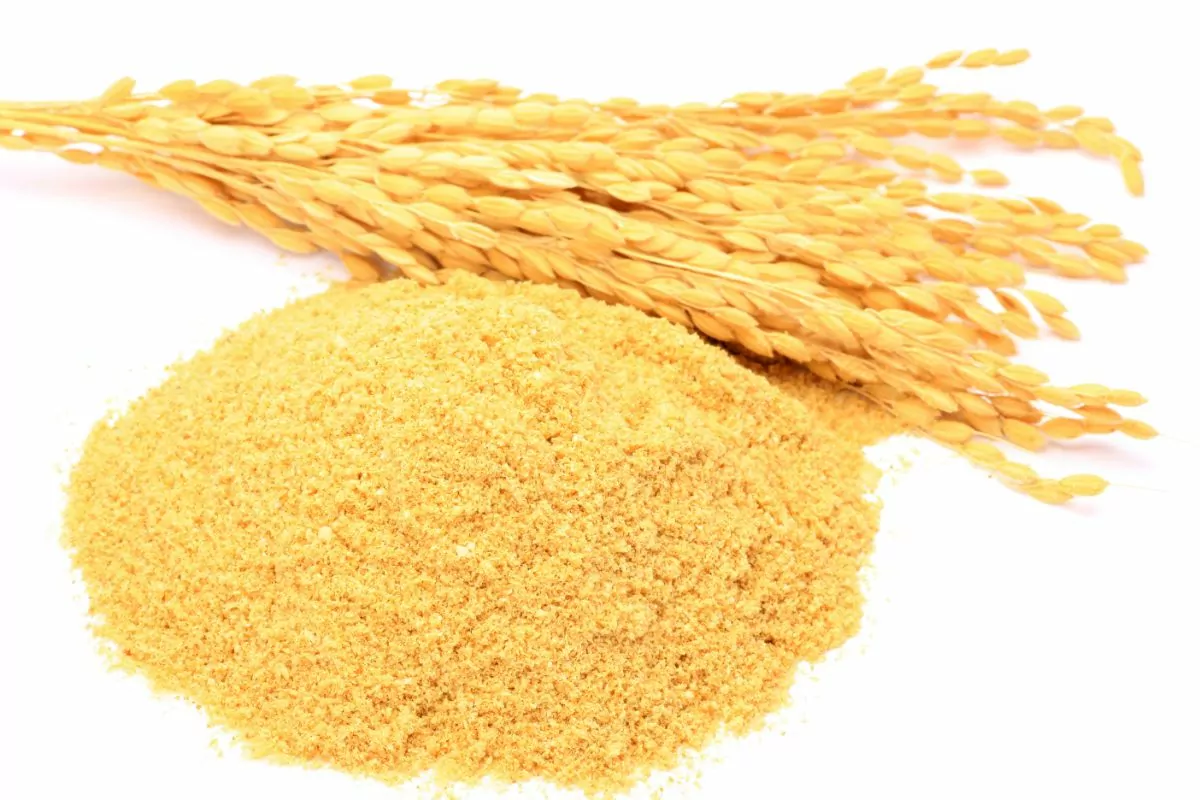
Like oat bran, this is another gluten-free option.
It’s made in a very similar way to wheat germ as it is produced during the process of milling rice. It comes from the outer grain of the rice and is separated as the rice grains are milled.
It is also highly nutritious as it is high in fiber, vitamins, and minerals. The flavor profile of rice bran is similar to that of wheat germ too as it also has a nutty flavor.
Both wheat germ and rice bran have similar textures. It isn’t as dense and has a milder flavor, however, and is a lighter color. When you use rice bran instead of wheat germ, you may find that your finished dish is lighter in color than you might expect.
This doesn’t affect the flavor, but you can make the dish darker by adding a little honey or molasses.
Rice bran is a great substitute in baking and cooking. You can also add some to your healthy smoothies and breakfast bowls.
When using rice bran as a wheat germ replacement, we recommend using half as much when measuring by volume or weight. This is because rice bran is lighter, so you will get more rice bran than you need!
3. Ground Flaxseed
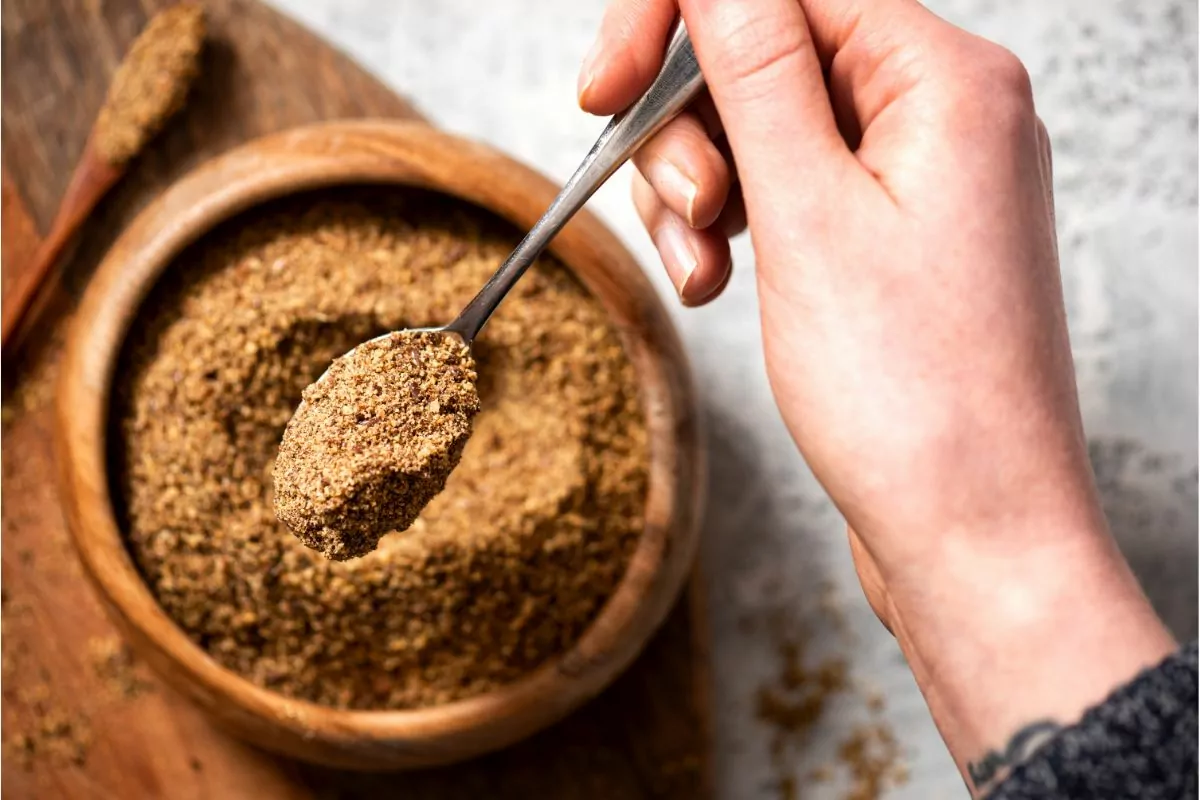
This is a versatile ingredient that can be used in many different ways in many different recipes. It also makes a great substitute for wheat germ.
Flaxseeds are one of the healthiest options you can find as well and even more healthy than wheat germ. They have less fat and contain more nutrients. They’re also gluten-free and keto-friendly, making them useful for a large number of different diets.
We don’t recommend using raw flaxseed, however, as the texture of these is too different from wheat germ. Instead, opt for flaxseed that has been ground to make flax meal.
Ground flaxseed has a nutty taste and is a little chewy. This makes it ideal for granola bars, cookies, and any other baked goods that are normally a little chewy.
You can use ground flaxseed in the same quantities as wheat germ. Swapping wheat germ for ground flaxseed is an easy way to make any recipe a little bit healthier.
4. Ground Sunflower Seeds
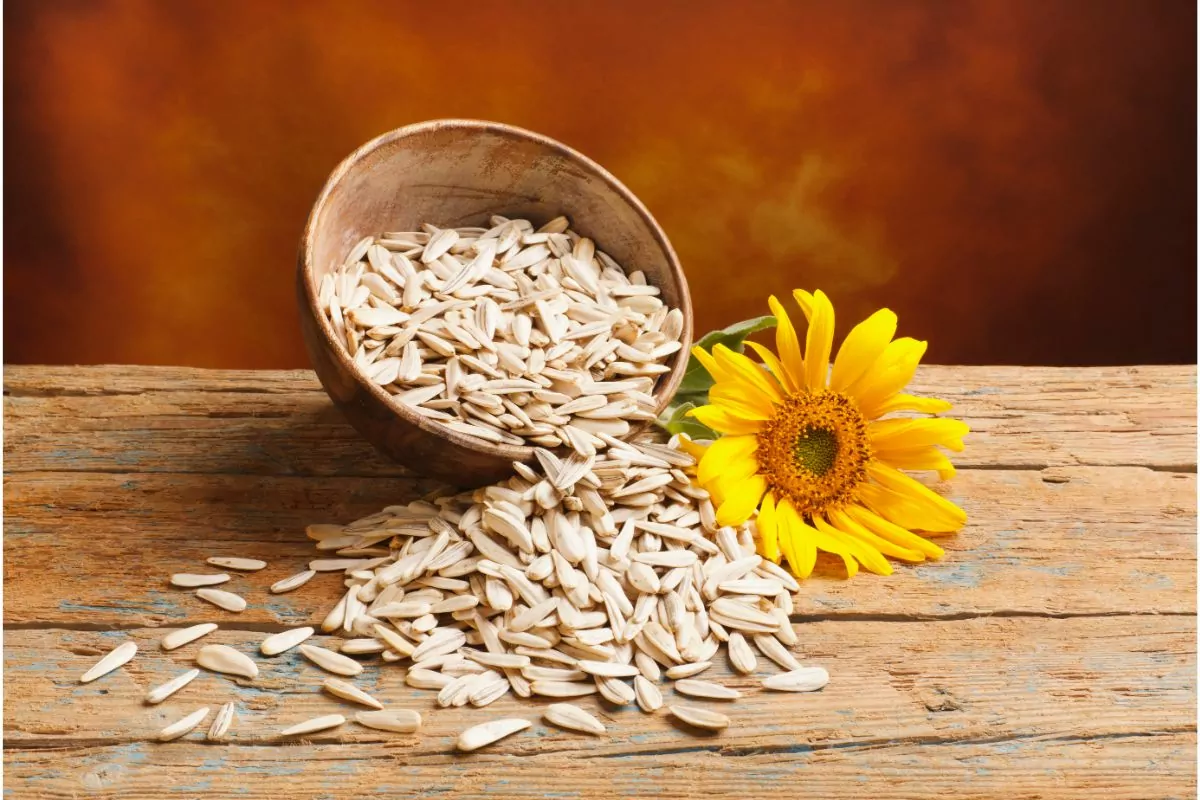
Sunflower seeds are another substitution that is versatile and popular. They’re also naturally gluten-free, so they’re another option for anyone following a gluten-free diet.
Ground sunflower seeds do have a different taste profile from wheat germ, however. They’re not as nutty as wheat germ is and instead have a sweetness to them.
This extra sweetness makes ground sunflower seeds a perfect substitution in a variety of recipes such as cookies and granola bars. They also taste great in salads!
If your recipe has a large amount of wheat germ included, you may want to reduce the number of ground sunflower seeds used, however. They can add a little too much sweetness and can overpower more delicate flavors at times.
In small doses, however, they will only add to the flavor of your recipes.
5. Whole Wheat Flour And Honey
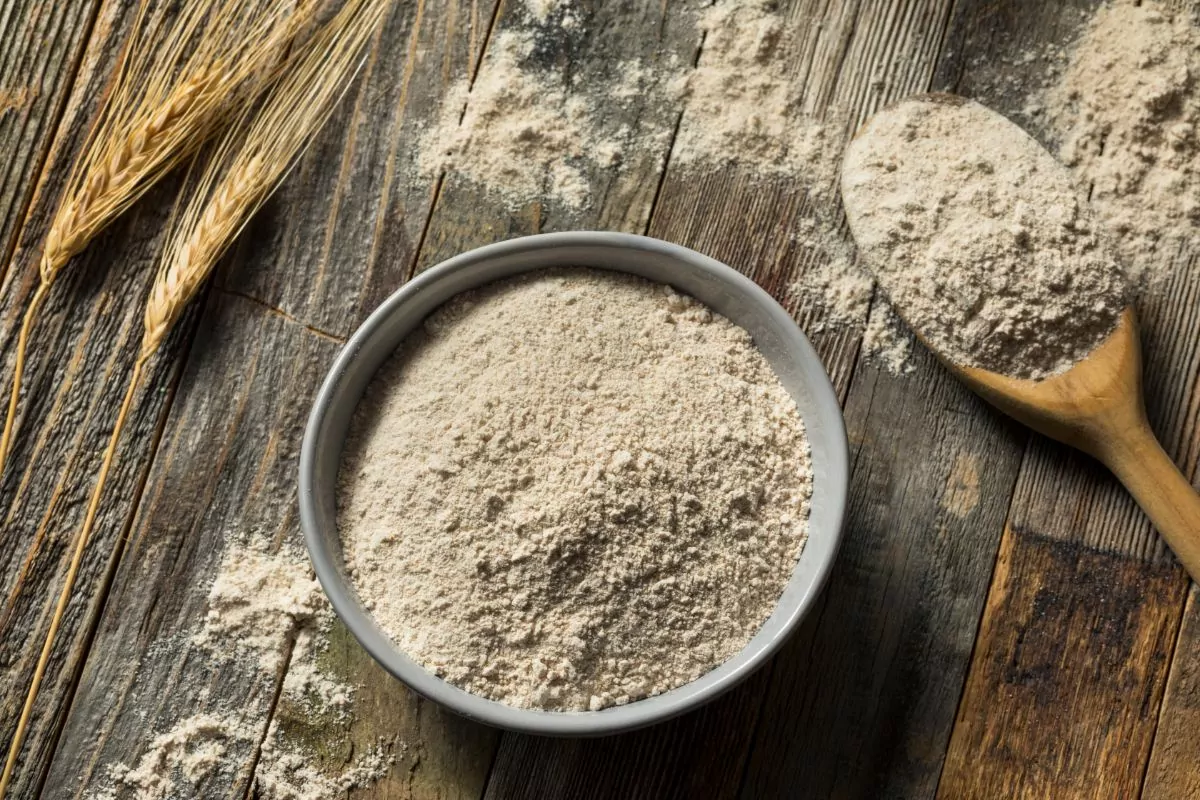
This is a winning combination that can be used in many different scenarios and not just as a substitute for wheat germ.
Whole wheat is one of the best sources of whole grains and all of the goodness contained within them. Unlike wheat germ which is only part of the grain, whole wheat is made with the whole grain kernel and includes the bran, germ, and endosperm.
This also means it contains gluten, so this isn’t an option for anyone following a gluten-free diet.
Whole wheat flour is very high in fiber and has a very nutty taste. Adding honey gives it some much-needed sweetness and another layer to its flavors that make it taste great in recipes.
Honey is also a great ingredient in baked goods in its own right. It can hold together baked goods and keep them moist for longer than some other sweeteners such as corn syrup.
6. Coconut Flour
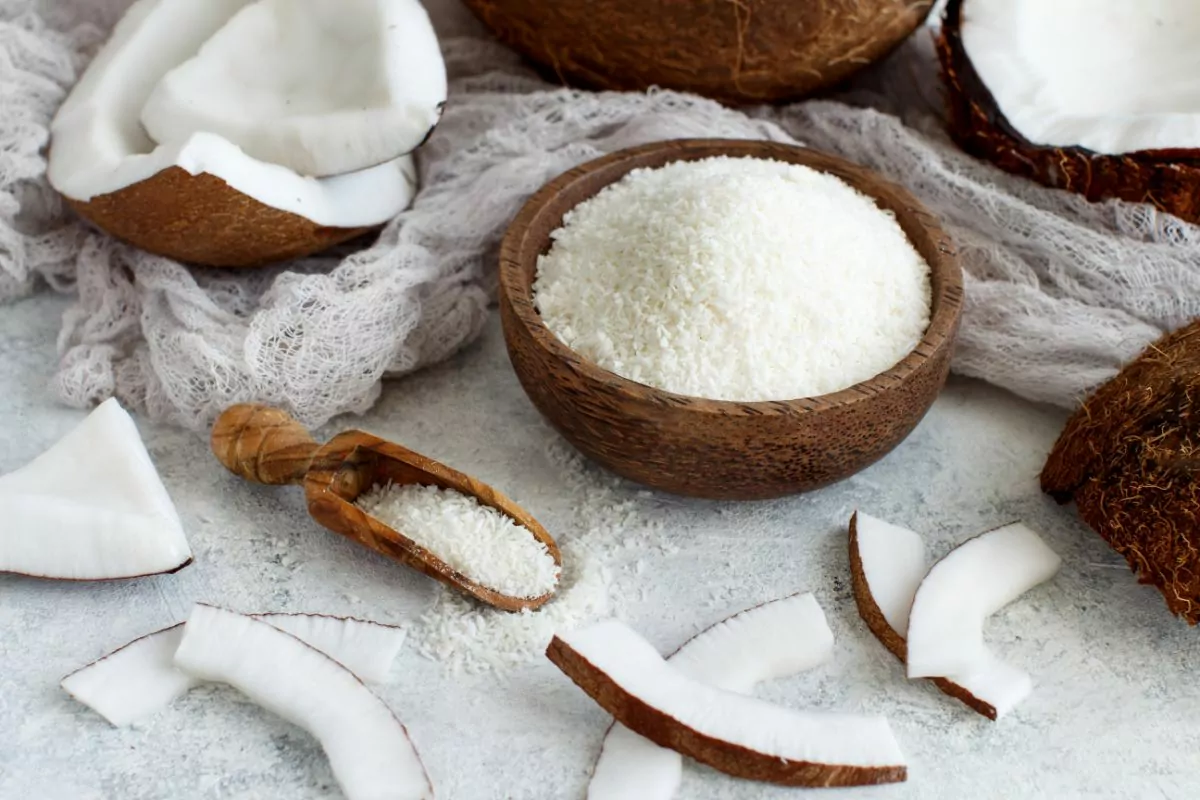
This is made from the white and fleshy meat found inside a raw coconut. This is then ground down to make a flour-like consistency.
Coconut flour has become increasingly popular in recent years because of its health benefits, versatility, and flavor. It can also be used as a wheat germ substitute.
Coconut flour is naturally gluten-free and is packed full of fiber, making it a healthy and valid option for many. It looks and smells very similar to wheat germ but has a slightly sweeter taste and unique flavor.
When using it to replace wheat germ, you can use it in the exact same quantities.
Final Thoughts
In this article, we introduced the six best wheat germ substitutes. Many of our choices are gluten-free so if you’re unable to eat gluten as part of your diet, you will find many options that are suitable for you.
The 6 Best Wheat Germ Substitutes
Course: Substitutes4
servings30
minutes40
minutes300
kcalDon’t have wheat germ on hand? No problem! Check out these six alternatives that make great substitutes for wheat germ in recipes
Ingredients
Oat Bran
Rice Bran
Ground Flaxseed
Ground Sunflower Seeds
Whole Wheat Flour And Honey
Coconut Flour
Directions
- Decide on what substitute you need
- Pick a substitute from the list above
- Read what you need to substitute with
- Create the recipe and enjoy
Recipe Video
https://www.youtube.com/watch?v=7DdQRYnEhIEVideo can’t be loaded because JavaScript is disabled: Wheat Germ | Bob's Red Mill (https://www.youtube.com/watch?v=7DdQRYnEhIE)- What Exactly Do Chickpeas Taste Like? Is There A Distinct Flavor? - September 30, 2023
- Top 11 Low Carb Options at Sonic Drive-In for Keto Diet - September 30, 2023
- What Should You Serve Alongside Potato Salad? 8 Incredible Side Dishes - September 30, 2023

